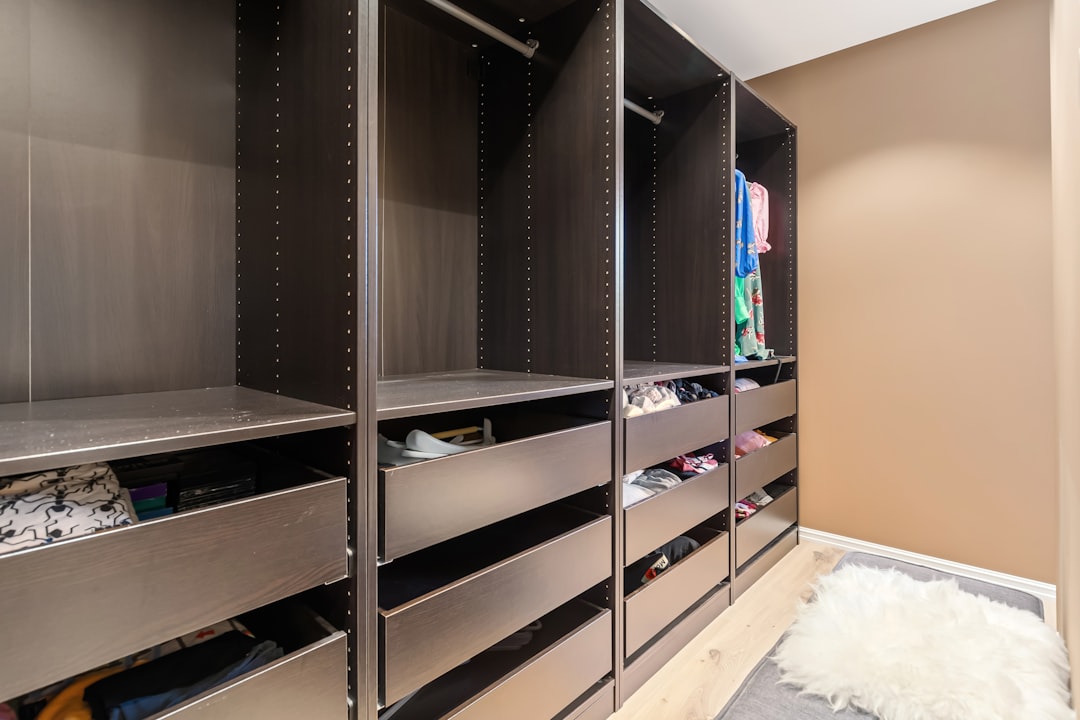
For construction professionals, understanding the cost of closet shelf installation is crucial for accurate project planning. In 2025, the average costs for closet installations are as follows:
These figures include materials, labor, fasteners, and standard finishing hardware, reflecting nationwide averages.
Several factors can affect the cost of closet shelf installation:
DIY packages average $8 – $15 per linear foot, while professional installers charge $35 – $65 per hour. Professionals offer higher quality and efficiency.
Use the CountBricks Voice App to get precise estimates by describing your project. Our AI calculates costs based on current material prices and regional labor rates.
Is wire shelving cheaper than wood? Yes, wire systems are about 40% less expensive.
How long does installation take? Reach-ins take 2-4 hours; walk-ins may take a full day.
Can CountBricks handle demolition? Yes, select 'Remove existing shelves' for an auto-inserted cost.

Mark and Alyssa upgraded their walk-in closet using CountBricks. They described their space using the Voice App, resulting in a detailed estimate:
Standard shelf depths and off-peak scheduling reduced costs. Bulk purchases also contributed to savings.
Clients appreciated the cost savings and real-time updates. The process was seamless and efficient.
For professional closet installations, visit CountBricks.com to connect with certified installers.